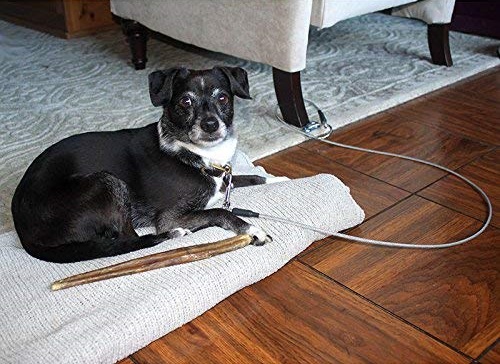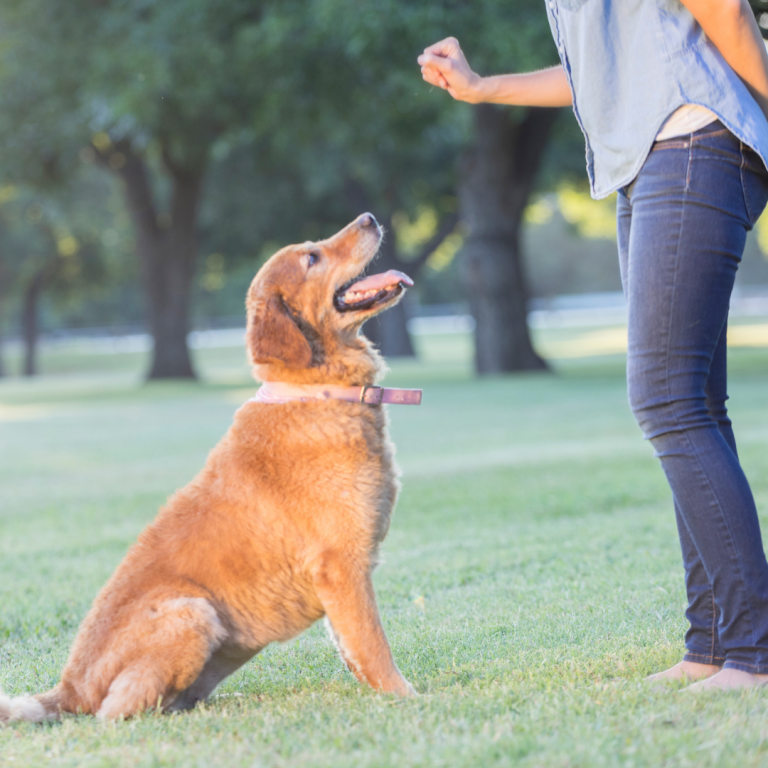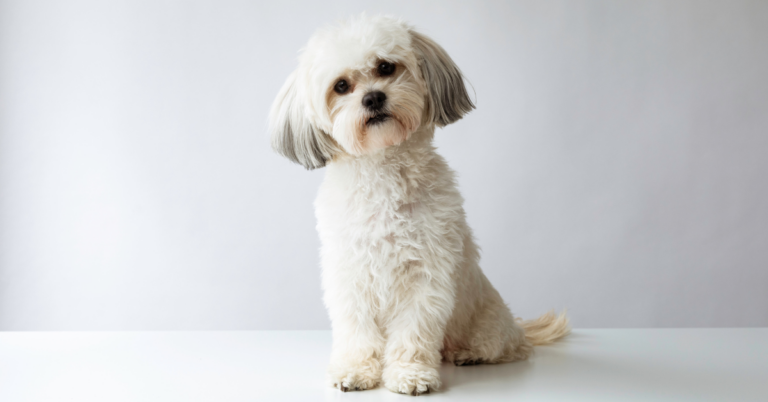Tether Training: A method to manage your puppy’s behaviour

Raising a puppy is an exciting and rewarding experience, but it’s also a lot of work. Puppies are endlessly curious, energetic, and, let’s face it, sometimes downright mischievous. As a new puppy parent, you’re bound to encounter behaviours that drive you up the wall – from constant chewing and jumping on guests to potty accidents and separation stress. While training can help address these issues long-term, in the early days, management is key. And one of the most valuable management tools in a puppy owner’s arsenal? Tether training.
What is Tether Training?
Tether training involves attaching your puppy to you or a piece of furniture using a leash or lead. This allows you to keep a close eye on your pup and quickly intervene if they start to engage in unwanted behaviours. The idea is to prevent problems from occurring in the first place, rather than waiting to correct them after the fact.
How Tether Training Can Help Your Puppy
Tether training is a versatile management technique that can address a wide range of puppy issues:
- Chewing: Puppies are notorious chewers, and left to their own devices, they’ll happily sink their sharp little teeth into everything from your favourite shoes to the leg of your coffee table. With your puppy tethered near you, you can quickly redirect them to an appropriate chew toy the moment they start gnawing on something they shouldn’t.
- Jumping on Guests: Many puppies go through a jumping phase, which can be both annoying and potentially dangerous, especially for young children or elderly visitors. By tethering your puppy when guests arrive, you can prevent them from jumping up and teach them to greet people politely.
- Potty Training: Puppies have tiny bladders and can’t always tell when they need to go. Tethering your pup to you or a nearby object makes it easier to spot the early signs that they need to go out, allowing you to whisk them outside before an accident occurs.
- Separation: Some puppies struggle with being left alone, which can lead to destructive behaviours like chewing, and barking. Tether training allows you to gradually desensitize your pup to alone time, by keeping them tethered near you as you move around the house and eventually work up to short periods of total independence.
- Provides constant supervision: By keeping your puppy tied to you or a stationary object, you can keep a close eye on their every move. This allows you to catch and correct unwanted behaviour before it becomes a habit.
- Limits access to temptations: Tethering can prevent your puppy from getting into trouble by limiting their access to forbidden areas or objects. For example, if you’re trying to protect your furniture from chewing, tethering your puppy to you can prevent them from getting to it.
- Encourages good habits: By rewarding your puppy for calm, gentle behaviour while tethered, you can encourage them to develop good habits and reduce unwanted behaviour.
- Supports training: Tethering can be a valuable tool in support of training. By keeping your puppy close, you can reinforce desired behaviours and prevent unwanted ones in real-time.
Getting Started with Tether Training
The key to successful tether training is to start slowly and make it a positive experience for your puppy. Begin by tethering them to you or a piece of furniture when they’re already calm and relaxed, not when they’re riled up and ready to play. Have some tasty treats on hand to reward them for settling down and behaving nicely.
Remember, the goal is to prevent problems, not punish your puppy. So instead of yanking them back when they start to wander, gently redirect them to an appropriate toy or activity. Over time, as your puppy learns that being tethered means good things (like getting praised and rewarded), they’ll start to view it as a safe and comfortable experience.
Tips for Tether Training Success
- Start with short tethering sessions and gradually increase the duration over time.
- Use a comfortable, well-fitting harness and a leash or cord that’s designed for tethering.
- Choose a tether that’s the right length – long enough to give your puppy some freedom to move around, but short enough to prevent them from getting into trouble.
- Provide you dog their bed or mat when tethered.
- Provide plenty of engaging, chew-safe toys to keep your pup entertained while tethered.
- Reward your puppy for calm, gentle behaviour while tethered. Avoid punishing or scolding them for misbehaving.
- Use tether training in conjunction with other management tools like crate training and puppy-proofing your home.
- Pay attention to your puppy’s body language and behaviour. If they seem uncomfortable or stressed, it may be necessary to take a break or adjust the tethering setup.
- Be patient and consistent – it may take time for your puppy to get used to being tethered.
- Consistency is key when it comes to tethering. Use it in a variety of situations and contexts to help your puppy generalize good behaviour.
- If you encounter any issues, don’t hesitate to reach out to me for guidance.
Exercise
When introducing your dog to tethering, follow these steps to ensure it’s a low-stress, relaxing experience for both you and your dog:
- For the first 4-6 repetitions, practice only during quiet, LOW DISTRACTION times. Make sure your dog has already received some mental stimulation and physical exercise, and they’ve recently eaten and had a chance to use the bathroom.
- Invite your dog onto their bed and reward them with a treat. Attach the tether to their flat collar or harness. Then, provide them with a yummy bone or a favourite long-lasting chew.
- Stay Close! Take a seat in a nearby chair so that you are just a few inches outside of your dog’s reach. Being on a tether is a new experience for some dogs; by staying nice and close, you are helping your dog feel secure that mom or dad is right there with them, and there’s nothing to be concerned about.
- Ignore your dog while they are tethered. This is harder than it sounds, so try reading a book or checking emails on your phone. If your dog fusses a little or lets out a few barks, just continue focusing on your reading or your phone as if being tethered is the most normal activity in the world.
- Untether your pup as soon as they finish their bone or chew, OR after 5 minutes (whichever comes first). When you remove the tether, do so unceremoniously – don’t make a big fuss or lather them in attention. They can choose to walk away from the area or hang out a little longer.
- Lead your dog to the tether area, attach the tether, and give a stuffed Kong or long-lasting chew.
- Have a seat and ignore your dog as they learn to relax and settle on their own.
- After 4-6 repetitions, you can start to gradually increase the length of time your dog stays on their tether. Try adding a minute each time you practice, until you reach 30 minutes. You can begin to sit a little farther away. Do this in small increments and watch for any signs that your dog is becoming more stressed (persistent pulling at the end of the tether, steady barking or yipping, or stress panting). That’s your cue to move back to a distance where your dog is more comfortable.
- Start to occasionally get up and walk to the kitchen to grab a glass of water, or to another room to grab something, then return to your spot, all the while ignoring your dog. Practice at different times of day and under more distracting circumstances.
Tethering is a powerful management technique that can help you prevent unwanted behaviours and raise a well-behaved puppy. By providing constant supervision, limiting access to temptations, encouraging good habits, and supporting training, tethering can be a valuable tool in your puppy-raising toolbox. Remember to start slow, keep it positive, and be consistent to get the most out of this technique.
Tags
What do you think?
Related Articles

Helping Anxious Dogs Thrive in Urban Environments: The Power of Pattern Games
Urban Anxiety in Dogs Transitioning from a rural to an urban environment can be overwhelming for many dogs. The constant noise, unfamiliar sights, and bustling

Shopping List!
These are items I personally recommend as a dog trainer and think your pups will absolutely love.

Learn to Earn
Are you looking for a way to build a stronger, more respectful bond with your dog? Dr. Sophia Yin’s Learn to Earn Program is a
